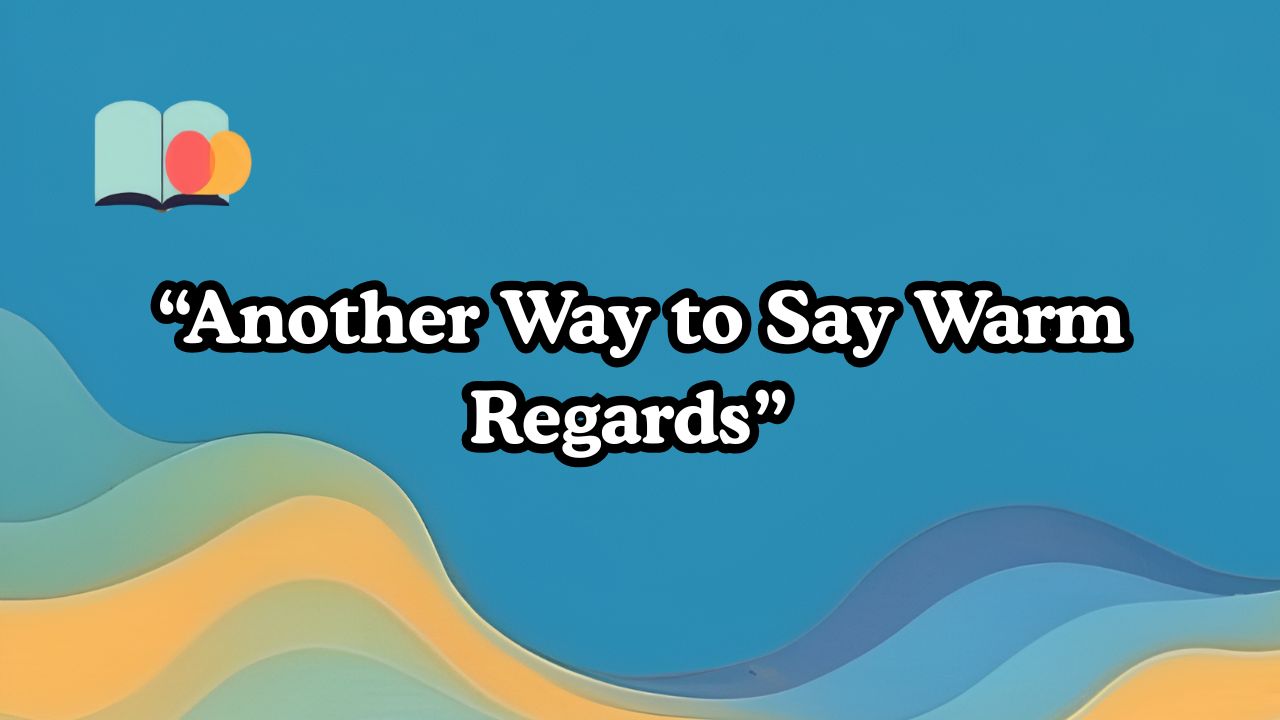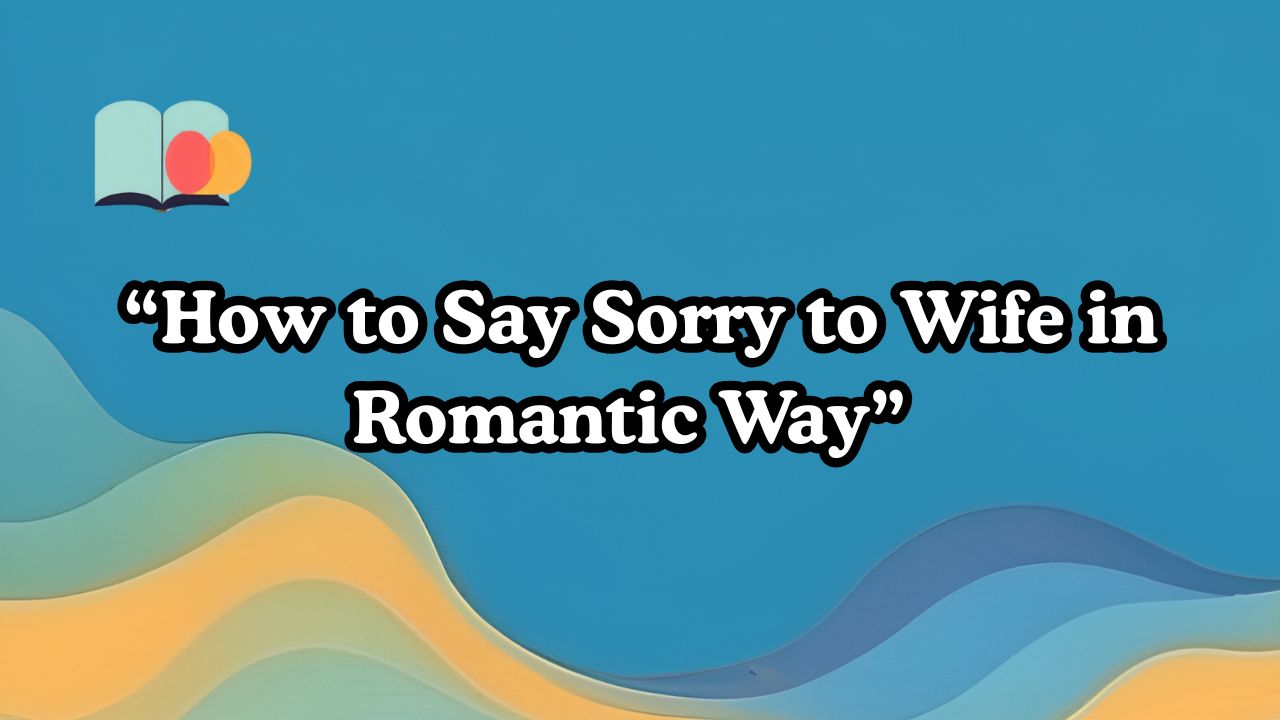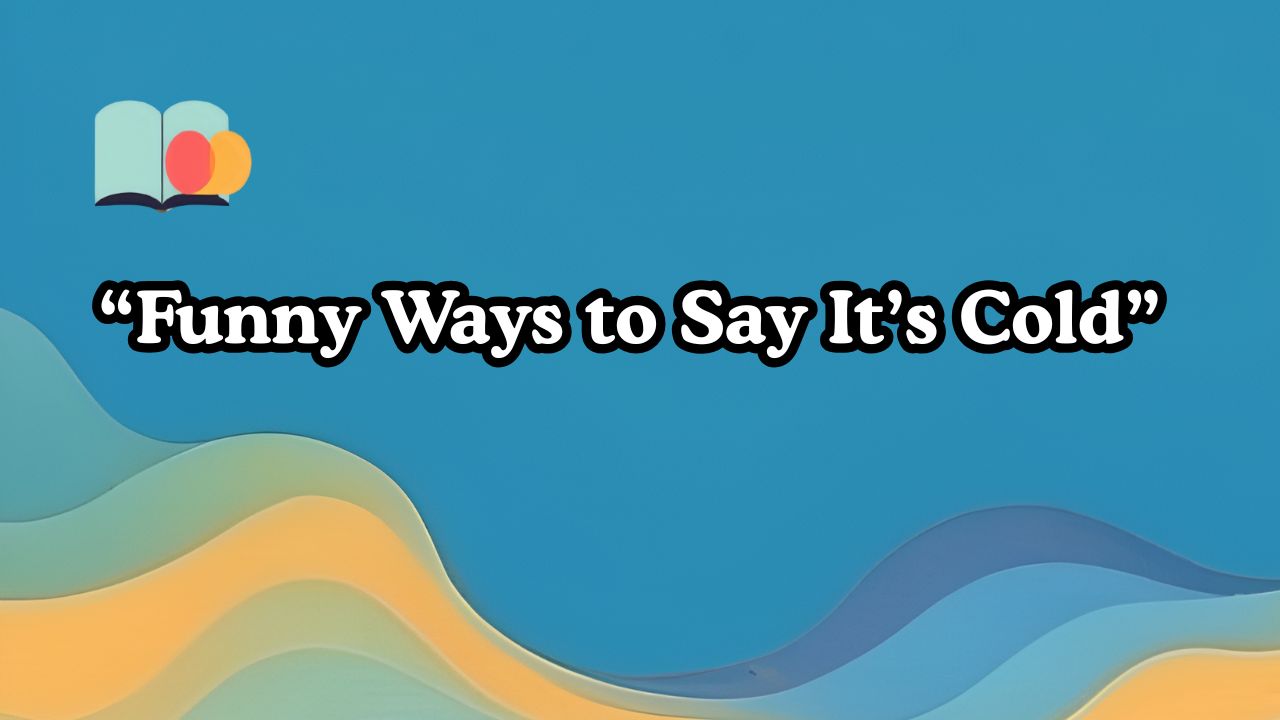Looking for other ways to say “the text states” for your school or work papers? You might need different words for essays, emails, or summaries. This article gives you 69+ formal and smart ways to say it, with examples and tips. Here are five quick picks to make your writing better right away:
- The document asserts
- The source indicates
- The passage suggests
- The material conveys
- The narrative explains
Check out these phrases and more to make your work clear and precise.
Why Use Alternatives to “The Text States”?
Using “the text states” too much can make your writing dull. Alternatives help you:
- Showcase a strong vocabulary
- Match your tone to your audience (like scholarly or professional)
- Make your writing easier to read by avoiding repetition
This guide sorts synonyms by use—school writing, work reports, and formal talks—so you pick the right one.
Academic Writing Alternatives
These phrases are great for essays, theses, or articles, where being precise and scholarly matters.
- The source articulates [Formal]: Shows clear expression in the text.
Example: The source articulates a strong case for green energy. - The document posits [Scholarly]: Means a suggested idea or view.
Example: The document posits that early help boosts reading skills. - The passage contends [Academic]: Means a strong, debatable point.
Example: The passage contends that culture affects money matters. - The text elucidates [Formal]: Focuses on making things clear or explained.
Example: The text elucidates how to fight climate change. - The author asserts [Scholarly]: Highlights the writer’s claim.
Example: The author asserts that global connection promotes cultural sharing. - The study reveals [Academic]: Shows findings or discoveries.
Example: The study reveals a link between sleep and work output. - The narrative underscore [Formal]: Emphasizes a key point.
Example: The narrative underscore the need for honest leadership. - The material delineates [Scholarly]: Suggests detailed outlining.
Example: The material delineates steps for policy change. - The work proposes [Academic]: Means a suggested idea or theory.
Example: The work proposes a new way to study social trends. - The analysis suggests [Formal]: Points to a conclusion based on analysis.
Example: The analysis suggests tech drives new ideas in learning.
💡 Expert Tip: In school writing, use these phrases with specific references (like APA or MLA) to add credibility.
Similar Posts
Professional Report Synonyms
These phrases are perfect for business reports, proposals, or work emails, where being clear and professional is key.
- The report indicates [Professional]: Shows a neutral, factual tone.
Example: The report indicates a 10% increase in quarterly revenue. - The document conveys [Formal]: Suggests clear communication of ideas.
Example: The document conveys the need for streamlined operations. - The findings highlight [Professional]: Draws attention to key results.
Example: The findings highlight gaps in current training programs. - The memo specifies [Formal]: Indicates precise details.
Example: The memo specifies deadlines for project deliverables. - The summary outlines [Professional]: Suggests a structured overview.
Example: The summary outlines strategies for market expansion. - The brief emphasizes [Formal]: Focuses on a critical point.
Example: The brief emphasizes the urgency of cybersecurity upgrades. - The proposal submits [Professional]: Implies a formal suggestion.
Example: The proposal submits a cost-effective solution for logistics. - The review notes [Formal]: Suggests observation or commentary.
Example: The review notes inconsistencies in data reporting. - The evaluation points out [Professional]: Highlights specific observations.
Example: The evaluation points out areas for process improvement. - The overview describes [Formal]: Offers a broad explanation.
Example: The overview describes the company’s sustainability goals.
✅ Best For: Use these in emails or reports to senior management for a polished, authoritative tone.
General Formal Communication Phrases
These versatile phrases work across contexts, from emails to presentations, balancing formality and accessibility.
- The content expresses [Formal]: Suggests clear communication.
Example: The content expresses concern over resource allocation. - The writing conveys [Neutral]: Focuses on the message delivered.
Example: The writing conveys optimism about future growth. - The statement implies [Formal]: Suggests an underlying meaning.
Example: The statement implies a need for further investigation. - The message communicates [Neutral]: Emphasizes delivery of ideas.
Example: The message communicates the team’s commitment to excellence. - The text highlights [Formal]: Draws attention to key points.
Example: The text highlights the benefits of collaborative work. - The source suggests [Neutral]: Indicates a possible interpretation.
Example: The source suggests a shift in consumer preferences. - The document explains [Formal]: Focuses on clarity of explanation.
Example: The document explains the rationale behind budget cuts. - The passage notes [Neutral]: Suggests a brief observation.
Example: The passage notes the impact of remote work on productivity. - The narrative presents [Formal]: Introduces an idea or perspective.
Example: The narrative presents a case for diversity in leadership. - The material illustrates [Neutral]: Suggests vivid explanation.
Example: The material illustrates the challenges of urban planning.
Usage Tips for Choosing the Right Phrase
- Match Tone to Context: Use “elucidates” or “posits” for academic papers. But choose “indicates” or “outlines” in business emails to sound right.
- Consider Audience: For work emails, use simple phrases like “the report shows” so everyone can understand.
- Vary Phrases: Change synonyms every 2–3 paragraphs. This keeps readers interested without repeating too much.
- Cultural Sensitivity: In global workplaces, make sure formal phrases fit cultural norms. Avoid too strong words like “contends” in team settings.
⚠️ Common Mistake: Don’t use complex words like “delineates” too much. Mix it with simpler words like “explains” for clear messages.
Phrase Comparison
| Phrase | Tone | Best Context | Example Scenario |
|---|---|---|---|
| The source articulates | Formal | Academic essay | Citing a journal article |
| The report indicates | Professional | Business report | Presenting quarterly results |
| The text conveys | Neutral | General email | Sharing project updates |
| The study reveals | Scholarly | Research paper | Discussing experimental findings |
| The memo specifies | Formal | Workplace correspondence | Outlining meeting agendas |
FAQ:
What’s a concise alternative to “the text states”?
Use “the source says” or “the document notes” for short, formal phrases. They’re great for when you’re short on words.
Can I use these phrases in informal emails?
For casual emails, pick simpler words like “the email says” or “the message shows.” This keeps your email friendly.
How do I avoid repetition in long reports?
Switch between 3–4 synonyms (like “indicates,” “suggests,” “outlines”) and change sentence subjects. For example, “The author” vs. “The findings.”
Are these phrases suitable for non-English academic writing?
Check translations with native speakers. Direct translations (like “articulates” to Spanish) might sound odd. Use tools like Grammarly for help.
What’s the most formal synonym?
“The document elucidates” or “the source delineates” are very formal. Use them in serious or legal writing.
Conclusion
Looking for new ways to say “the text states” can make your writing better. It can be more fun and professional. You can use phrases like “the document conveys” or “the study reveals” to make your writing interesting.
These 69+ alternatives are great for any writing. Whether it’s an essay, a business report, or an email. For more tips, check out our articles on “Another Way to Say Kindly Advise” or “Professional Email Starters. Share your favorite phrase in the comments!





